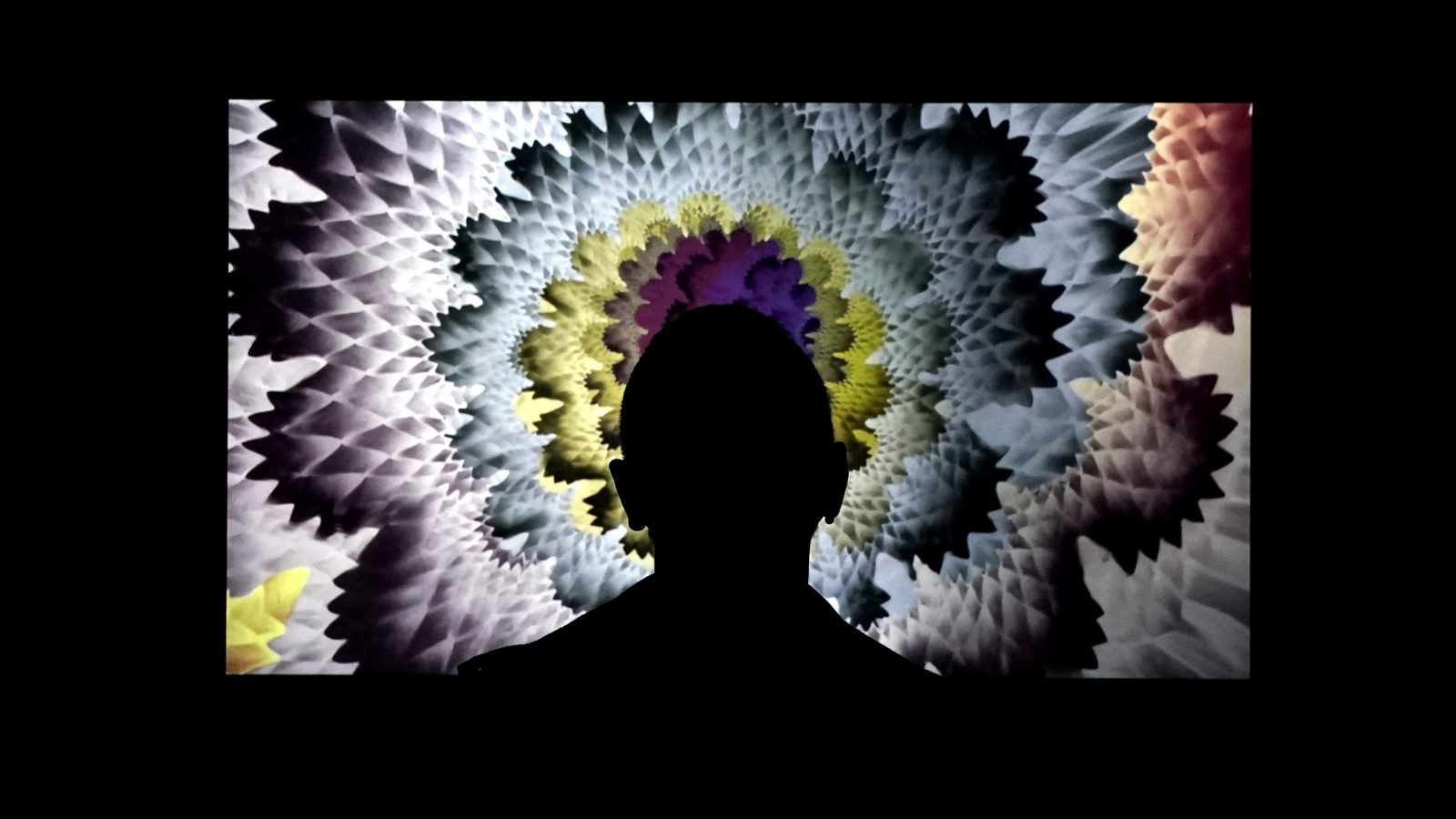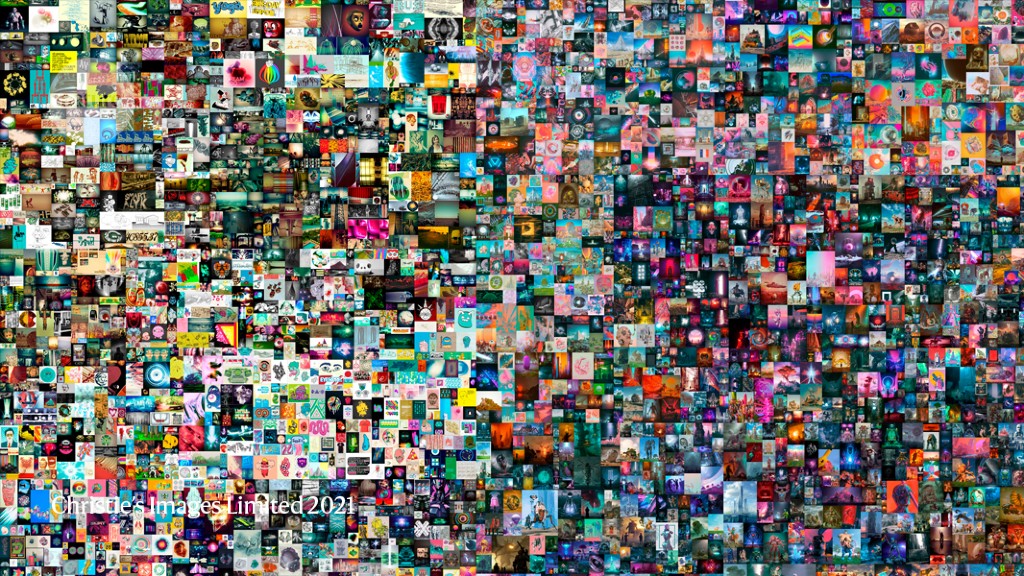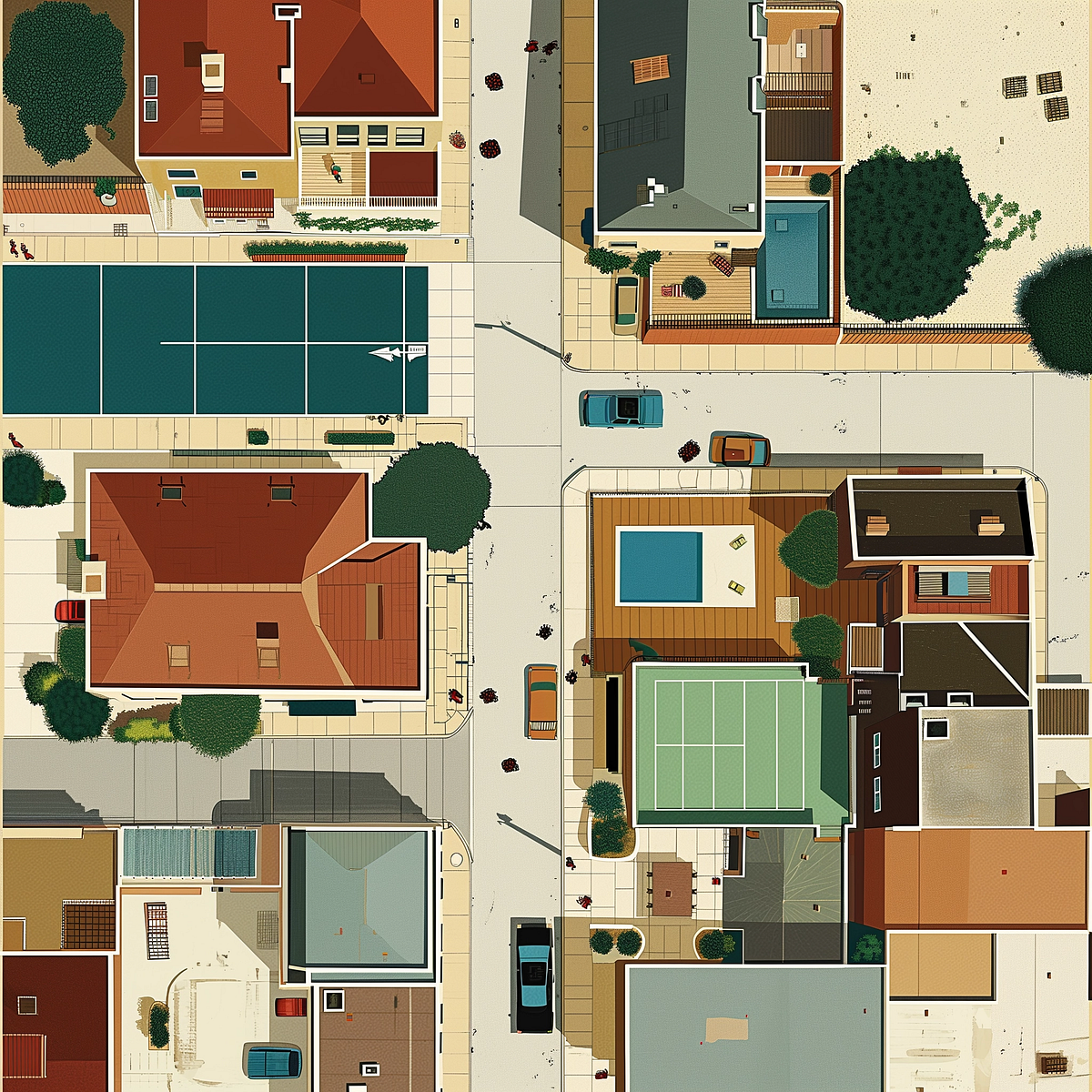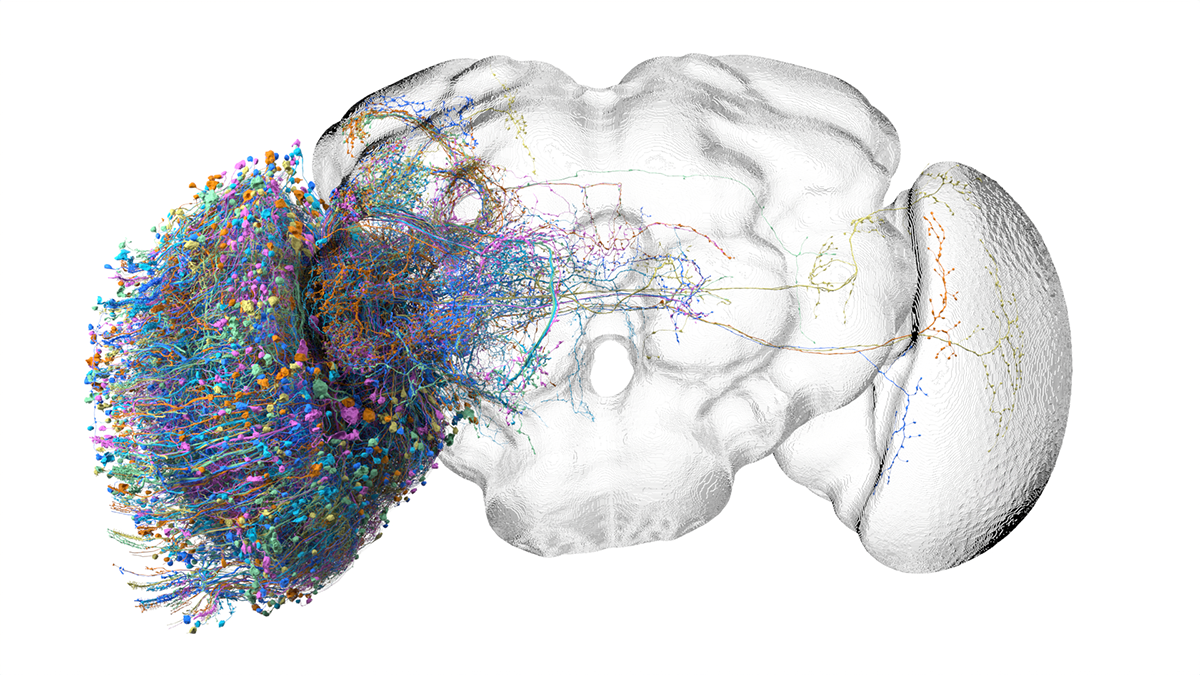
Inside BrazilŌĆÖs DIY, eco-friendly NFT art marketplace
She wanders an infinite white void, passing flowerlike blobs that hover in midair, each as vibrantly expressive as MatisseŌĆÖs paper cutouts. KoshinoŌĆÖs garden is a 3D simulation called Jardim; since February, sheŌĆÖs logged in daily to tend to the shapes it contains, arranging and rearranging them like stones in a Japanese Zen garden.
This daily practice, however, is more than just a virtual plein air session or a respite from pandemic lockdown. For every new composition she makes, Koshino sells a unique memento as a nonfungible token (NFT) on Hic et Nunc, an emerging Brazilian crypto-art marketplace.
Hic et Nunc (the name is Latin for ŌĆ£here and nowŌĆØ) is the black sheep of the crypto-art world, as it is an open-source, bare-bones platform being built collaboratively by a community of volunteer developers. It has no invite system and no gatekeepersŌĆöonly a constant flow of images, interactive objects, audio experiments, and PDFs. BeepleŌĆÖs playground this is not: the median sale price of an NFT on Hic et Nunc is about $16, and each of KoshinoŌĆÖs Jardim pictures sells for the equivalent of $12.
Such small sales might seem insignificant in comparison to the billions of dollarsŌĆÖ worth of ethereum and bitcoin being spent at auction for high-visibility crypto-artists and meme creators elsewhere on the web. But if VC-backed NFT platforms like SuperRare, OpenSea, and Nifty Gateway are the Art Basel of crypto-art, think of Hic et Nunc as the DIY art fair ŌĆö a scrappy, community-driven marketplace peopled with misfits, experimental creators, and established artists seeking a break from the big leagues. And, for artists in the Global South, who would otherwise be locked out of the booming crypto-art market, its accessibility has been a lifeline.





















